
[ In this post we explore the evolution of technology used not only in the process of designing and making fashion accessories, but also technology applied and worn as fashion accessories themselves ]
There was a time when jewelry was all about precious metals, rare gems, and how expensive the price tag of them would underscore your social status among the affluent circles.
Not long ago, before CNC technology began to popularise, becoming accessible beyond large-scale industries, technology in jewelry was mostly applied onto the fabrication process through computer-aided design and precision tooling. In other words, technology was never meant to be the jewelry itself — at least, according to the pre-established traditions and concepts.
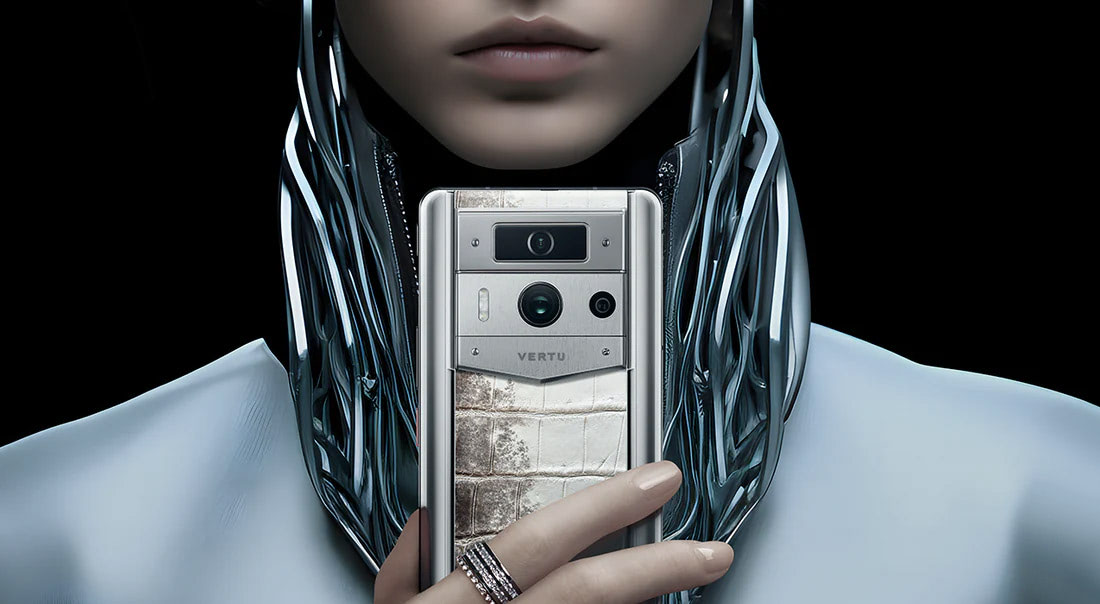
©Photo/Credits: VERTU Also not long ago, we've started seeing the first fusion attempts between luxury and high-tech, which gave birth to quite "exquisite" brands like VERTU and Goldvish for example.
In the end of the day, these early attempts were more about upgrading consumer-grade products with exotic materials and complimentary services.
The iPhone Factor
For quite a while, objects like the iPod, Blackberry, and the iPhone frenzy in its early heyday, were admired and seen as status symbols for to their superior quality, price, and also because of the cult-like aura around them, either as a product of marketing or by the truly innovative aspect at the time.

When the first iPhone was released, carrying one was the most symbolic act we could dream of. It would automatically elevate your social status and among the ordinary crowd and their Nokias. Suddenly, Apple Stores started to attract mile-long lines while Rolex shops became increasingly empty and uncool. It was the end of an era and the beginning of a cultural shift, mostly pushed by new materialistic concepts and a newer, but equally-materialistic, generation averse to all the sparkle and bling that came before them.
The Bling of Things to Come
In the golden age of digital revolution, the importance of content and the value of information reached new heights, which slowly started to replace old paradigms directly attached to physical objects.
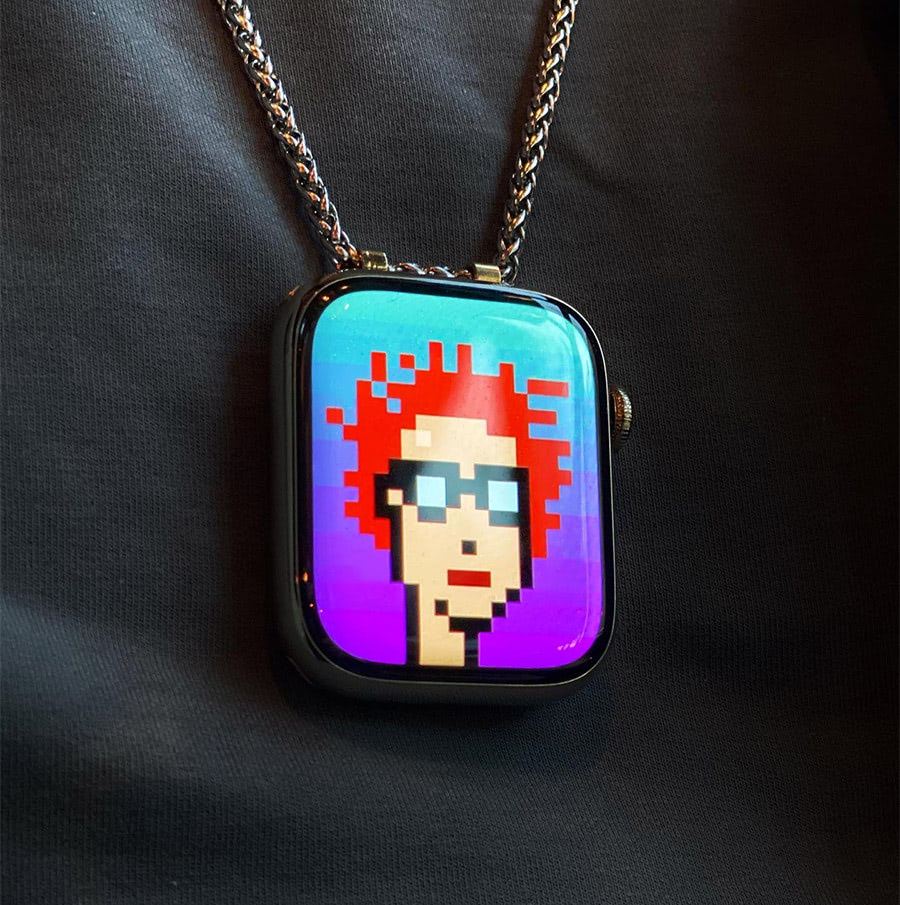
©Credits: enfti.io Social media appeared and just empowered these new concepts. Unlike when the first iPhone was launched, the content we exhibit in our social media accounts today is more valuable than the mobile device we carry. The value of an Instagram feed can be worth millions depending on who you are and how many followers one has.
In the digital age, content and information are the new currency that drive society. And this irreversible trend starts to shape all aspects of the way we live, including how we behave and how we dress.
The concept of "Internet of Things" boosted the popularization of an infinity of technologies and products that came to simplify our lives, fundamentally changing the way we interact and live with physical objects around us.
These new technologies were fundamental to nurture the boom of personal devices, and opened doors to other ideas in other segments, such as footwear or wearables such as heartbeat monitors and smart glasses.
The miniaturization of sensors has led to development of body augmentation devices, and other wearables that can actually offer us more value than the old concept of fashion accessories, which were merely aesthetic and disconnected from the metaverse we now live in.
The “M” Factor
The music scene is known for being one of the driving forces that shapes, pushes boundaries and changes fashion.
From the 80s New Age scene to the (more recent) Grunge movement, music has always been a powerful factor influencing generations and the way we dress based on cultural and aesthetic concepts that seem to walk hand in hand with what goes through our earphones and playlists.
Sigue Sigue Sputnik, 1986 That isn't different today; Artists like Lady Gaga and Daft Punk are just a few recent names that continue to push the boundaries in the music and fashion grounds. Even K-Pop has played a fundamental role in how fashion has changed in recent years.
Oversized earrings for men and women have never been so in and cool since the 80s. The bloom of new fashion trends like darkwear, and the revival of old flavors like the gothic movement, have also boosted the rebirth of necklaces, collars and exquisite accessories.
The synergy of these parts moving together create a fertile ground for new ideas and accessories that better match today's consumers lifestyle.
But differently than previous generations, when the concept of “followers” and “likes” was restricted to dystopian novels, modern times and new technologies, such as 3D printing and social media, have fundamentally changed the way we live and dress, shifting away from a purely utilitarian standpoint and walking towards a digitally connected dimension.
Augmented Human Fashion
Another perfect example of designers transcending limits of the accessories industry and exploring new landscapes through an innovative zero-waste production process is the work of Posthuman Lab.
©Credits: Posthuman Lab / Youtube Led by Lena Dang, the company's founder and creative director, Posthuman Lab website begins with the sharp statement "Exploring new frontiers in how accessories designed and created, while augmenting human fashion", which accurately translates to their line of original creations that seamlessly fuse aesthetic codes of mecha, artificial intelligence, cyborg and bionic concepts.
Also in their own words: ”With emerging technologies like machine learning coupled up with 3D printing, we are able to bring sci-fi fashion into physical realms making us closer to Posthumans. We are a community of creative intellectuals who transcends the ordinary, break established boundaries and expand our consciousness”.
Posthuman Lab's approach to facewear, outerwear and handwear comes with a strong foundation based on a zero-stock/zero-waste manufacturing philosophy, which enables a (on-demand) process that goes from 3D printing, polishing, plating and delivery in just 5-7 days after orders are placed.
Screenification Age
 If blings and diamonds have faded away, we must always remember that nothing really changes and everything evolves.
If blings and diamonds have faded away, we must always remember that nothing really changes and everything evolves.High definition screens have taken the place of good old paper pages. Electric cars are slowly phasing out combustion engines.
Eco-friendly LED lamps have pushed away incandescent bulbs from the shelves. Playlists have replaced vinyls, cassette or CD collections (depending on how old you are) we used to have.
Like it or not (pun intended), everything is being replaced by screens. From wristwatches to thermostats to automotive dashboards, the miniaturization and availability of LED displays have speeded up the "screenification" of things and vice versa.
This, of course, has started to change fashion and how jewelry is created. The evolution of electronic displays and connected devices has opened the possibility to create LED display backpacks and clothes that change color using e-ink technology.
Other technologies such as NFC tags and QR codes are not only sexually appealing from a marketing standpoint, but they're also truly functional to the way fashion labels can now fight piracy and provide means of easy authentication of luxury items.
The Rise of Cyberpunk Jewelry
As technology becomes widespread and more accessible, jewelry makers, especially the smaller ones, begin to explore new terrains and experiment with new materials and functionalities never imagined before.
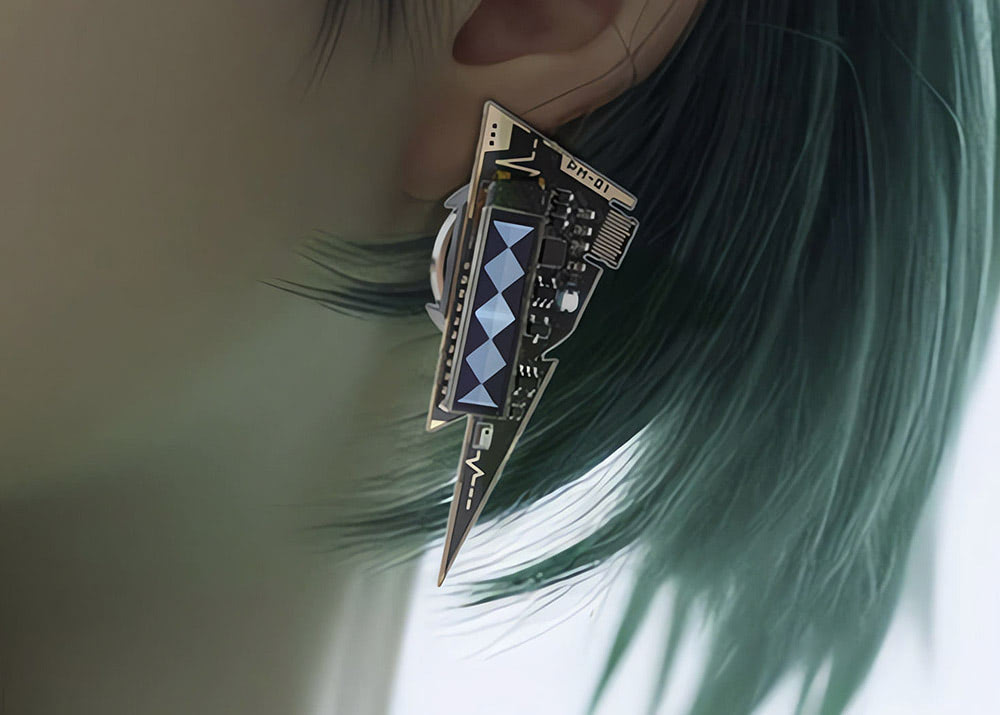
LCD Earring Activated by Music The wide variety of science fiction-inspired jewelry that is made range from pieces that are as simple as a PBC (circuit board) with no actual functionality. Most people will wonder if such piece works at all or if it serves the purpoaw of anything else other than cool aesthetic.
Other models, more sophisticated, feature a tiny sound-activated LCD screen that displays graphics based on the rhythm activated by music, voice or singing. Such an innovative piece doesn't only offer unique aesthetic functionalities, but it's also fun, playful, revolutionary, and social too since anyone around will want and try to interact with it, talk to you, and ask questions about how it works.
The same music-activated technology available as an earring can also be found in a collar/necklace format for those who don't like things hanging on the ears and prefer a more discreet wearable that looks totally normal when turned off. Furthermore, by having the sensor located directly on your throat, the effects triggered when you talk or sing are more precise and prominent, making it the quintessential fashion accessory for those who like to sing, going to concerts, etc.
And all the innovation doesn't stop there – Tech-enthusiasts such as gamers and geeks will love the new wave of necklaces and pendants that are actual functioning game consoles that can be worn and carried around on the neck.
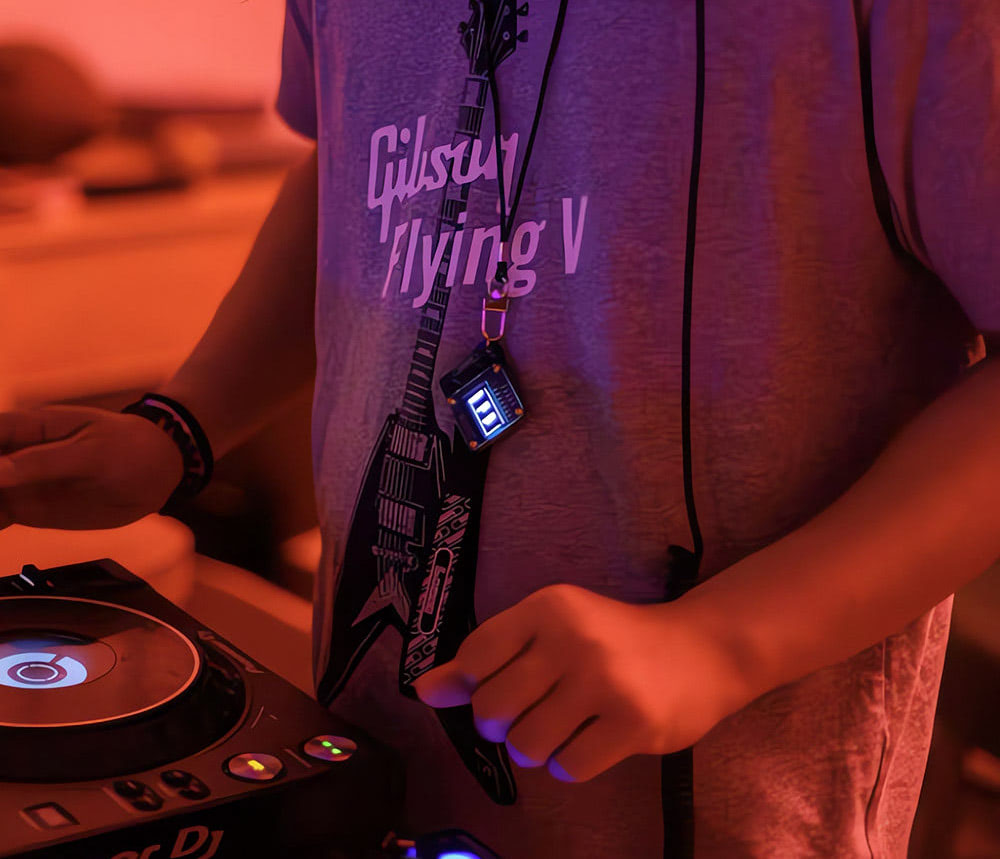
Tetris Necklace In addition to a built-in OLED screen with backlight illumination, the Tetris Necklace also comes with rubber buttons that can be used to turn and move the falling blocks just like the classic and very addictive game created by Alexey Pajitnov in 1985.
Besides being a beautiful and futuristic pendant, the Tetris Necklace is also very useful object to have when traveling or during idle times at airport lounges, lines or waiting rooms.
All these new ideas and concepts around personal accessories, especially wearables and jewelry more specifically, give us a glimpse of what the future of fashion looks like:
An exquisite fusion between aesthetic and functionality that transcends our bodies, beautifully balanced to make humans more interesting, attractive and connected to our surroundings and people around us.
In this brave new future or fashion accessories, social media and being social IRL are intrinsically intertwined since personal connections and social communication continue to be one of the most significant and vital aspects of human beings.
Browse and shop futuristic jewelry and acessories available at Hypebrother.
Back to The Blog®
You May Also Like
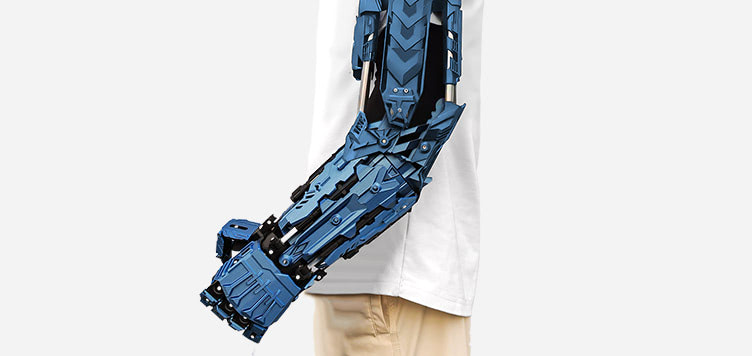 |
 |
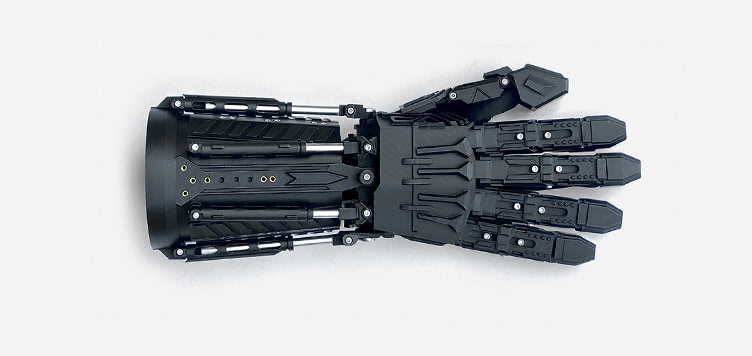 |
